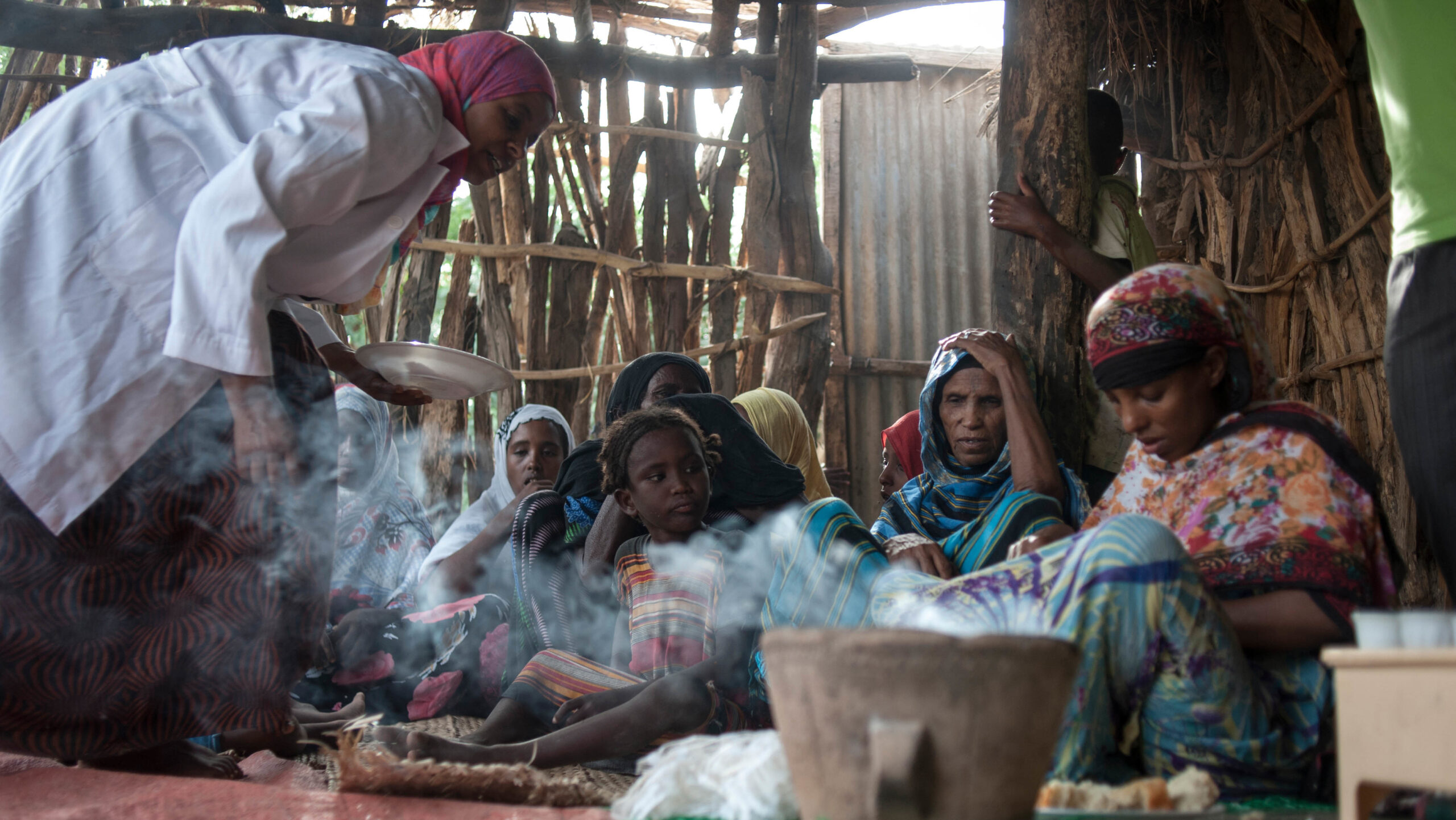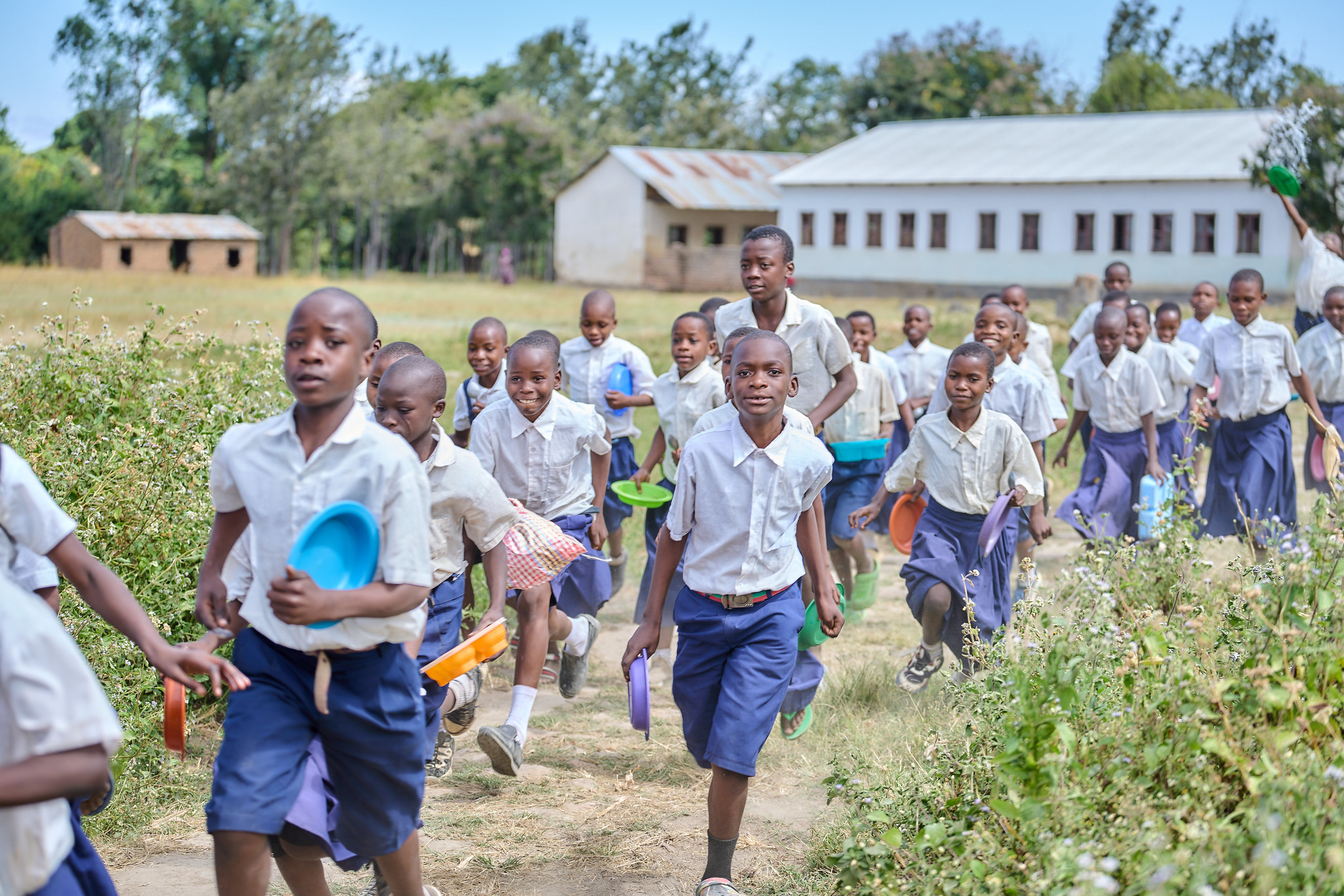The 2010 Global Hunger Index (GHI) report, prepared by IFPRI, Welthungerhilfe, and Concern, focuses on malnutrition among children under two years of age as a leading challenge to reducing global hunger, and its persistent adverse effects in the areas of health, productivity, and earning potential.
The following are some background facts and key findings related to the 2010 GHI report:
- The 2010 Global Hunger Index (GHI) is calculated for 122 developing countries and countries in transition for which data on the three components of hunger are available.
- The Index scores countries based on three equally weighted indicators: the proportion of people who are undernourished, the proportion of children under five who are underweight, and the child mortality rate.
- The Index ranks countries on a 100-point scale, with 0 being the best score (no hunger) and 100 being the worst, although neither of these extremes is reached in practice.
- An increase in a country’s GHI score indicates that the hunger situation is worsening, while a decrease in the score indicates an improvement in the country’s hunger situation.
- This year’s GHI reflects data from 2003-2008—the most recent available global data on the three components of hunger.
- Since 1990, the world’s GHI score has decreased by nearly 25 percent. However, global hunger remains at a “serious” level.
- South Asia and Sub-Saharan Africa continue to suffer from the highest levels of hunger, with regional scores of 22.9 and 21.7, respectively.
- Angola, Ethiopia, Ghana, Mozambique, Nicaragua, and Vietnam made the most absolute progress in improving their scores between the 1990 GHI and 2010 GHI. In the same period, Kuwait, Malaysia, Mexico, Nicaragua, Tunisia, and Turkey made the most relative progress in reducing hunger.
- Undernutrition signifies deficiencies in energy, protein, and/or essential vitamins and minerals. Undernutrition is the result of inadequate intake of food—in terms of either quality or quantity—or poor utilization of nutrients due to infections or other illnesses, or a combination of these two factors.







